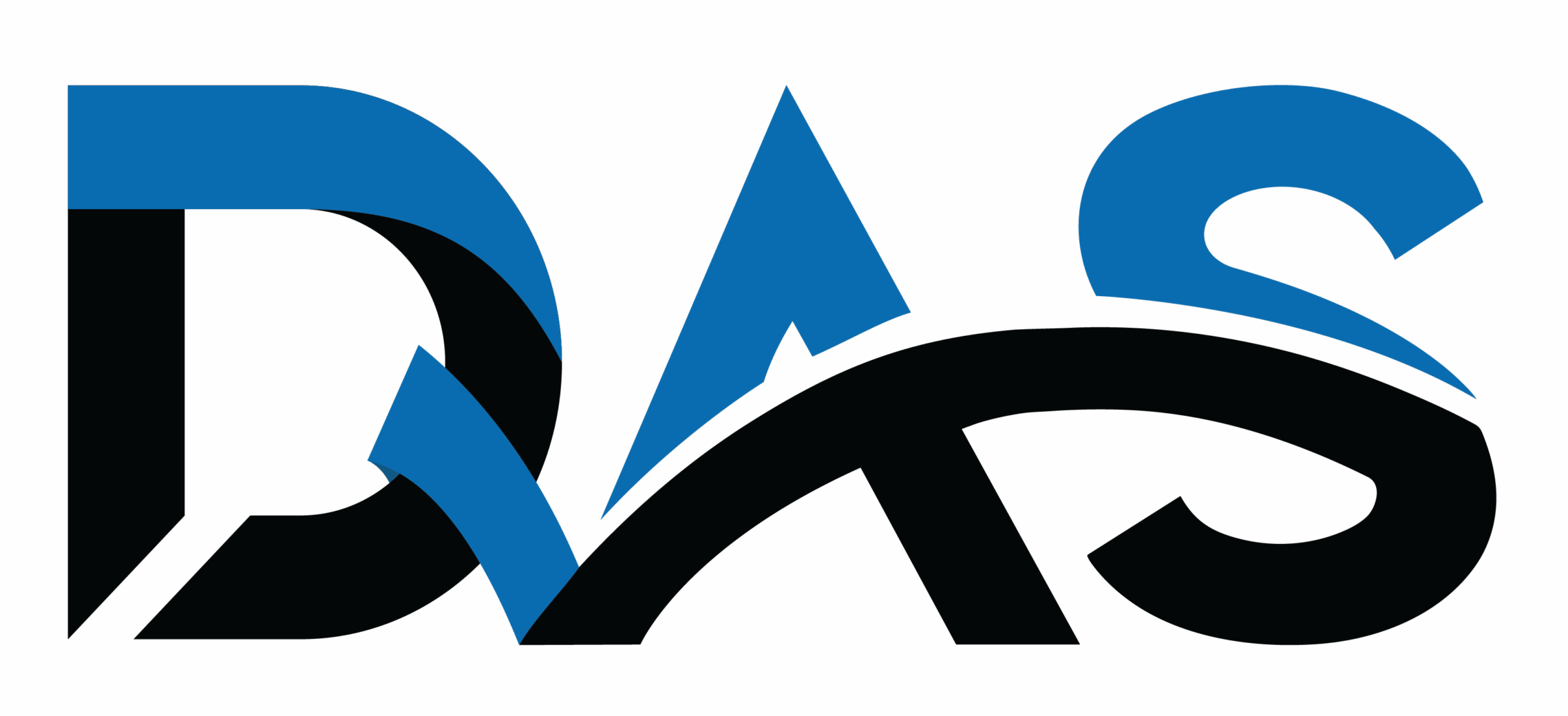ISO 42001:2023 Artificial Intelligence Management System
🤖 ISO/IEC 42001:2023 – AI Management System
📌 What is ISO/IEC 42001?
ISO/IEC 42001:2023 is the first international management system standard designed specifically for Artificial Intelligence (AI). Published by the International Organization for Standardization (ISO) and the International Electrotechnical Commission (IEC), it provides a structured framework for organisations to manage AI risks, ethics, and governance responsibly and effectively.
🌍 It applies to all types of organisations — regardless of size or sector — that develop, deploy, use, or provide AI systems.
🎯 Key Objectives of ISO/IEC 42001
✔️ Establish a robust AI management framework
✔️ Promote trustworthy and ethical AI
✔️ Align AI practices with legal, regulatory, and societal expectations
✔️ Enable continual improvement in AI governance
✔️ Enhance transparency, accountability, and risk management in AI
🏗️ Core Components of ISO/IEC 42001
ISO/IEC 42001 is built on the Plan-Do-Check-Act (PDCA) cycle and aligns with other ISO management standards (e.g., ISO 9001, ISO/IEC 27001, ISO 14001).
1️⃣ Context of the Organisation
🔹 Understand internal & external AI-related issues
🔹 Identify stakeholders and their expectations
🔹 Define scope and boundaries of AI use
2️⃣ Leadership & Commitment
🔹 Assign roles and responsibilities
🔹 Ensure top management commitment to ethical AI
3️⃣ Planning
🔹 Identify risks & opportunities in AI
🔹 Set objectives for AI performance & ethics
4️⃣ Support
🔹 Train and develop staff competence in AI
🔹 Provide resources & documented information
5️⃣ Operation
🔹 Manage AI lifecycle (design, development, deployment, monitoring)
🔹 Conduct risk assessments (bias, discrimination, privacy, etc.)
🔹 Perform ethical, social, and legal impact assessments
6️⃣ Performance Evaluation
🔹 Monitor and measure AI outcomes
🔹 Conduct reviews of AI-related performance
7️⃣ Improvement
🔹 Manage incidents (e.g., AI malfunctions, unintended outcomes)
🔹 Take corrective action and ensure continuous improvement
🌟 Benefits of Implementing ISO/IEC 42001
✅ Promotes responsible and ethical use of AI
✅ Builds trust with customers, partners, and regulators
✅ Supports legal and regulatory compliance
✅ Enhances risk management in AI technologies
✅ Encourages transparency & accountability
✅ Aligns with global AI governance practices
🛠️ How DAS Can Help
DAS provides expert support to organisations adopting ISO/IEC 42001 by offering:
🔹 Gap Analysis & Readiness Assessments – Understand your current AI governance status
🔹 Implementation Guidance – Develop AI policies, frameworks, and controls
🔹 Workshops & Training – Build knowledge on AI ethics, risks, and compliance
🔹 Integration Support – Align AI governance with existing ISO standards (ISO 27001, ISO 9001, etc.)
🔹 Continuous Improvement Support – Tools and strategies for ongoing enhancement
📌 Conclusion
ISO/IEC 42001:2023 provides a structured and future-ready framework for responsible AI governance. By adopting it, organisations can increase accountability, manage risks effectively, and build long-term trust with stakeholders while ensuring AI aligns with ethical and societal expectations.
